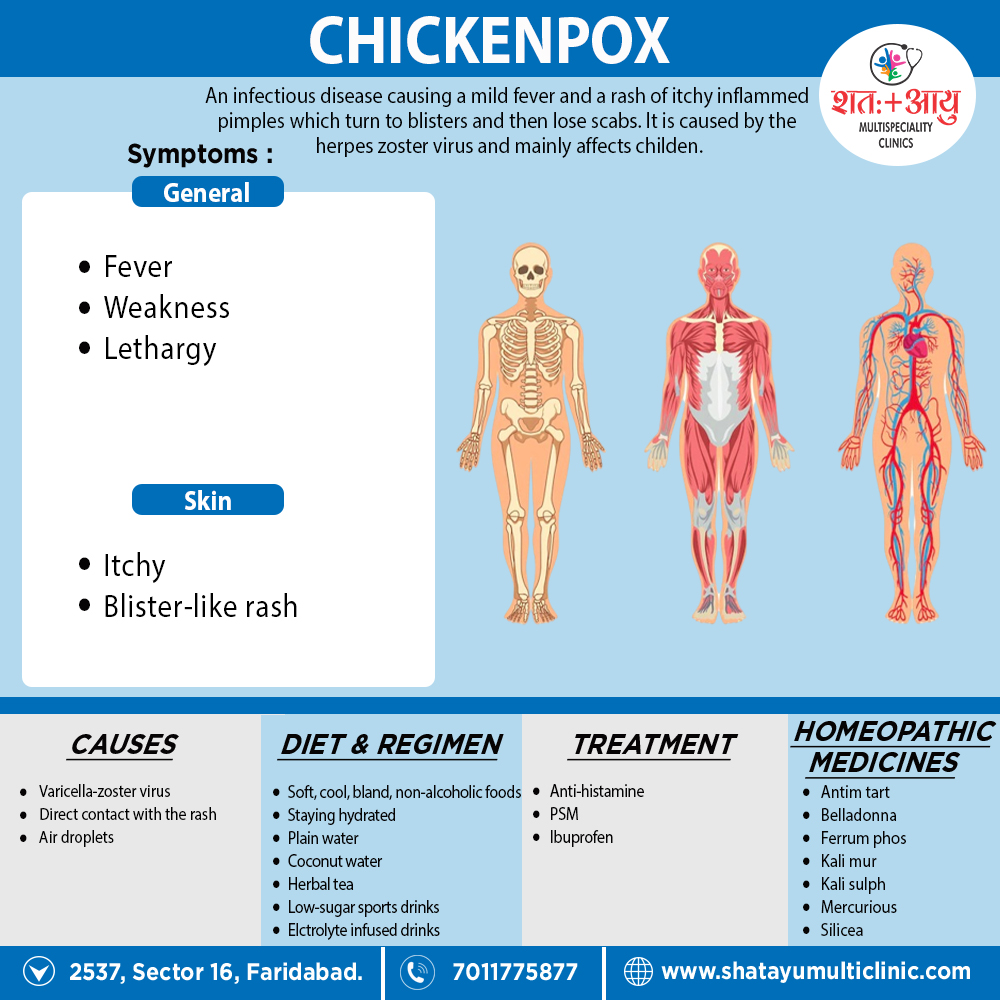Overview of Chickenpox
Chickenpox is a highly contagious disease caused by the varicella-zoster virus (VZV). It can cause an itchy, blister-like rash. The rash first appears on the chest, back, and face, and then spreads over the entire body, causing between 250 and 500 itchy blisters.
Chickenpox can be serious, especially in babies, adolescents, adults, pregnant women, and people with bodies that have a lowered ability to fight germs and sickness. The best way to prevent chickenpox is to get the chickenpox vaccine.
Chickenpox used to be very common in the United States. In the early 1990s, an average of 4 million people got chickenpox, 10,500 to 13,000 were hospitalized, and 100 to 150 died each year.
Chickenpox vaccine became available in the United States in 1995. Each year, more than 3.5 million cases of chickenpox, 9,000 hospitalizations, and 100 deaths are prevented by chickenpox vaccination in the United States. [2]

